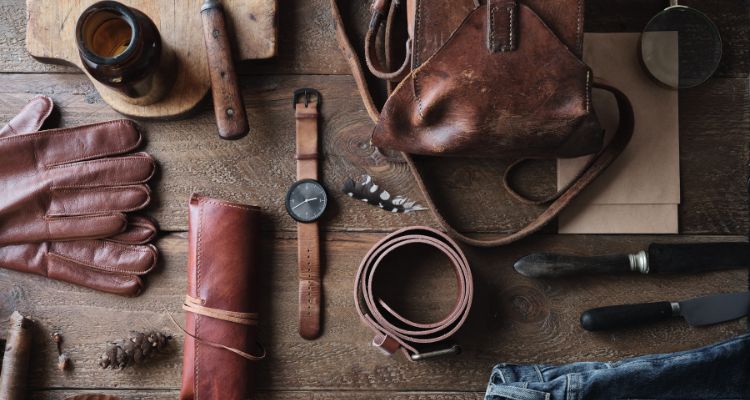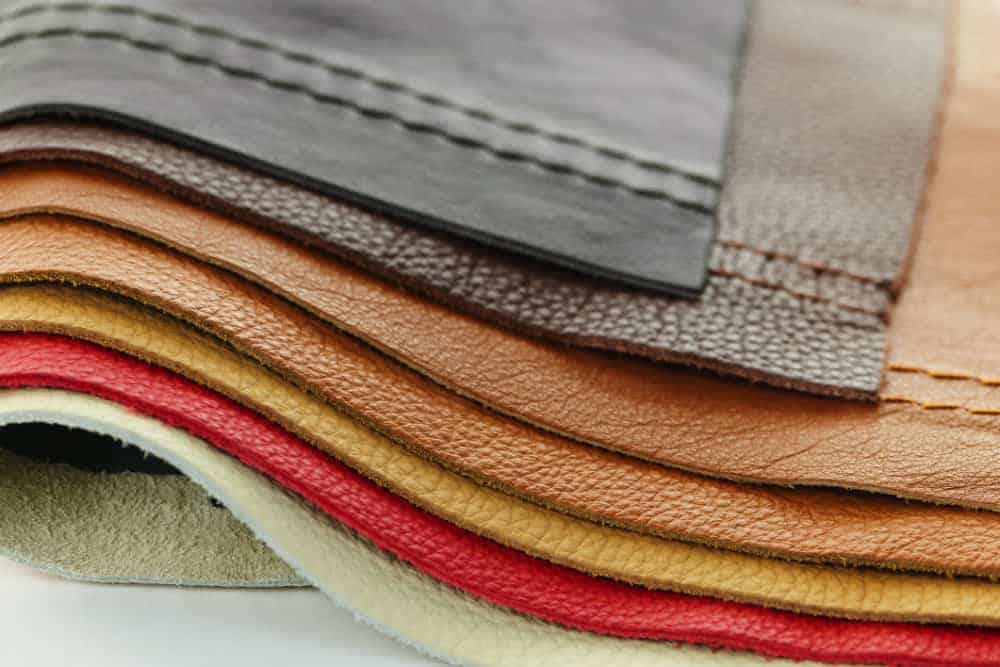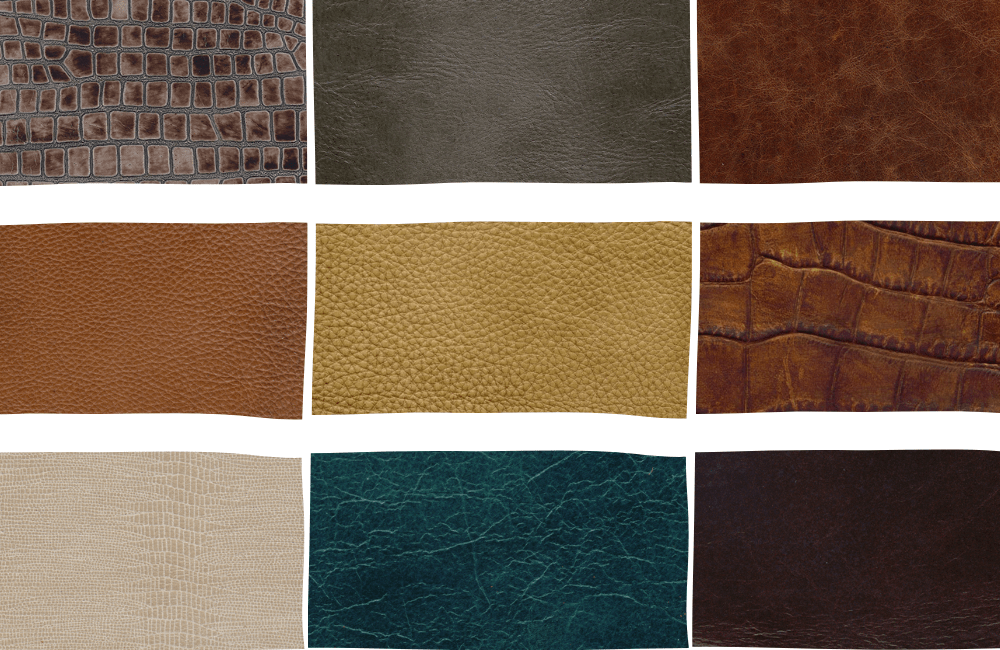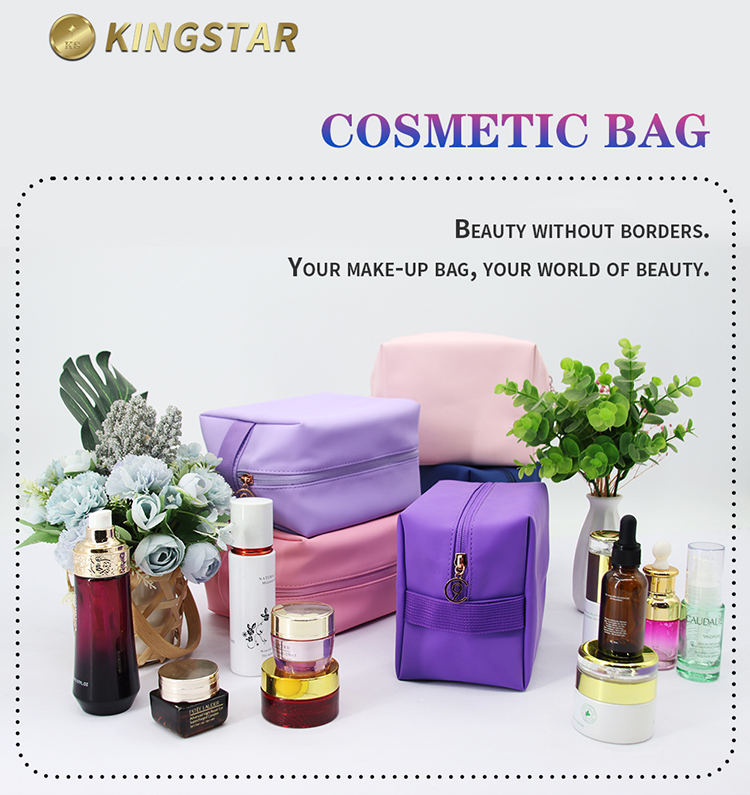OEM, customization, and wholesale are three models for sourcing leather goods, offering brands flexibility in design control, exclusivity, and scale.


Types Of Leather Accessories: OEM, Customization, and Wholesale Solutions
Bringing a line of premium leather accessories to market requires a strategic approach to production. For businesses ranging from startups to established global brands, the path from a design concept to a finished product involves choosing a manufacturing model that aligns with their vision, budget, and operational capabilities. The primary avenues—Original Equipment Manufacturer (OEM), extensive customization, and wholesale purchasing—each offer distinct advantages and serve different business objectives. Understanding the nuances of these solutions is fundamental to building a successful and scalable leather goods brand.

Understanding the Core Manufacturing Models for Leather Goods
The decision of how to produce your leather accessories directly impacts your brand’s identity, profit margins, and speed to market. Whether you possess a fully realized design or are looking to modify existing templates, a clear understanding of the production frameworks available is the first step toward a successful partnership with a manufacturer. Each model caters to a different level of creative control, investment, and business scale, making the choice a critical strategic decision.
What is OEM (Original Equipment Manufacturer)?
The Original Equipment Manufacturer (OEM) model is a service where a factory produces goods based entirely on the client’s unique designs, specifications, and technical packages. In this arrangement, a brand provides the manufacturer with detailed blueprints for a product—from dimensions and materials to stitching patterns and hardware choices. The manufacturer’s role is to execute this vision with precision and craftsmanship, effectively acting as the brand’s dedicated production arm.
This approach is ideal for *established brands* that have in-house design teams and a clear, proprietary product identity. It grants complete creative control, ensuring that the final product is 100% exclusive and cannot be replicated by competitors. The intellectual property of the design remains with the brand. However, OEM partnerships typically require significant upfront investment in design development, tooling, and higher Minimum Order Quantities (MOQs) to justify the setup of a unique production line.
The Power of Customization and Private Label
Customization, often referred to as private label or white label, offers a flexible middle ground. In this model, a brand selects from a manufacturer’s existing range of proven designs (sometimes called a catalog or template library) and modifies them to fit their brand identity. These modifications can be simple or complex, creating a product that feels unique without requiring ground-up development.
Common customization options for leather accessories include:
- Branding: Embossing, debossing, foil stamping, or laser-engraving a company logo.
- Material Selection: Choosing a different type or color of leather, such as full-grain, top-grain, or Saffiano.
- Hardware: Selecting custom zippers, buckles, and clasps in various finishes (e.g., antique brass, polished nickel).
- Lining and Stitching: Specifying a unique interior lining fabric or a contrasting thread color.
This model is perfectly suited for *startups, small businesses, and corporations seeking branded merchandise* because it lowers the barrier to entry. It leverages the manufacturer’s existing expertise and tooling, resulting in lower development costs, faster turnaround times, and more accessible MOQs. A skilled partner like BeldTura Leather can transform a base design into a signature product that fully embodies a brand’s aesthetic through thoughtful customization.
Wholesale Solutions: Scaling Your Leather Accessories Business
Wholesale is the most straightforward procurement model. It involves purchasing finished, pre-designed leather goods in bulk directly from a manufacturer’s existing stock. These products are typically part of the manufacturer’s own collection and are sold either unbranded or with the manufacturer’s branding. The primary advantage of wholesale is speed and simplicity. It allows retailers to quickly stock their shelves with high-quality, market-tested products without any involvement in the design or production process.
This solution is optimal for *retail stores, e-commerce sites, and distributors* that want to offer a diverse range of products without the complexities of manufacturing. MOQs are often the most flexible, and since the products are ready-made, lead times are minimal. The trade-off, however, is a lack of exclusivity. The same products may be sold by other retailers. Nonetheless, for businesses focused on curation and sales volume, partnering with a manufacturer that offers a strong wholesale catalog provides an efficient way to generate revenue and test market demand for certain styles before committing to a custom order.
Key Differences at a Glance: OEM vs. Customization vs. Wholesale
Choosing the right path depends on balancing your resources with your brand’s long-term goals. The following table breaks down the core differences between these three powerful production models.
| Feature | OEM (Original Equipment Manufacturer) | Customization (Private Label) | Wholesale |
|---|---|---|---|
| Design Control | Total control; brand provides 100% of the design. | Moderate control; brand modifies manufacturer’s existing designs. | No control; brand purchases manufacturer’s pre-designed products. |
| Intellectual Property (IP) | Owned entirely by the brand. | The base design is owned by the manufacturer; modifications are brand-specific. | Owned entirely by the manufacturer. |
| Typical MOQ | High | Moderate to Low | Low |
| Upfront Investment | High (design, tooling, sampling). | Low to Moderate (sampling fees). | Low (product cost only). |
| Speed to Market | Slowest | Moderate | Fastest |
| Best For | Established brands with unique product lines and in-house design teams. | Startups, SMEs, and corporate gifting seeking a unique branded product. | Retailers and distributors needing quick, proven inventory. |
How to Choose the Right Model for Your Brand
Selecting the appropriate production strategy is a pivotal decision. It should be guided by your business stage, brand vision, and financial resources. An honest assessment of your needs will clarify which model offers the most direct path to success.
For New Brands and Startups
For entrepreneurs just entering the market, the Customization/Private Label model is often the most strategic choice. It minimizes financial risk while still allowing for the creation of a unique, branded product line. This approach enables a new company to test its ideas and build brand recognition without the heavy investment required for full OEM production. Alternatively, starting with Wholesale can help generate initial cash flow and validate customer interest in certain product categories.
For Established Brands with a Unique Vision
Brands that have already cultivated a distinct market presence and possess a strong design direction should pursue the OEM model. This is the only way to guarantee product exclusivity and protect the brand’s unique identity. Working with an OEM partner ensures that every detail, from the specific tannage of the leather to the weight of the hardware, aligns perfectly with the brand’s standards. It is the ultimate expression of creative vision and brand integrity.
For Retailers and Corporate Gifting
Retail businesses and companies looking for high-quality corporate gifts benefit most from Wholesale and light Customization. Wholesale provides immediate inventory of premium goods, while customization allows for the addition of a company logo to an existing high-quality product like a wallet or cardholder. Both methods are efficient, cost-effective, and ensure a professional result without the long lead times of a full production cycle.
The Customization Process: From Concept to Collection
Regardless of the model chosen, transforming an idea into a tangible collection of leather accessories involves a structured, collaborative process. A transparent and experienced manufacturing partner will make this journey seamless and predictable.
Step 1: Design and Material Selection
The process begins with a detailed consultation to define the project’s scope. For OEM, this involves reviewing technical drawings. For customization, it means selecting a base product and outlining desired modifications. This is also the stage where materials are chosen. A crucial part of this step is selecting the right leather—be it durable full-grain, sleek top-grain, or a specific exotic hide—along with complementary hardware, zippers, and lining fabrics.
Step 2: Prototyping and Sampling
Once the design is finalized, the manufacturer creates a prototype or sample. This physical sample is a critical checkpoint. It allows the brand to inspect the craftsmanship, feel the materials, and test the product’s functionality. Any necessary adjustments are made based on feedback from this sample. Approving the final prototype is the green light for mass production, ensuring the final run will meet all expectations.
Step 3: Production and Quality Control
With the sample approved, the full production run commences. Skilled artisans cut the leather, stitch the components, and assemble the final pieces. Throughout this process, rigorous quality control is essential. At BeldTura Leather, every piece undergoes multiple checks to ensure it meets our exacting standards for durability, finish, and overall excellence. This commitment to quality guarantees that the finished products truly represent the brand’s reputation.
Finding the Right Manufacturing Partner
The success of your leather accessories line is heavily dependent on the capabilities and reliability of your manufacturing partner. A great partner is more than just a supplier; they are an extension of your team, offering expertise and guidance throughout the process. When evaluating potential manufacturers, consider their experience in the industry, the quality of their past work, their communication practices, and their commitment to ethical production standards.
Look for a partner who understands the nuances of different leathers and construction techniques. A manufacturer with a deep portfolio of OEM, custom, and wholesale projects demonstrates the versatility to meet your specific needs, whether you are launching your first wallet or expanding a global accessories empire. Building a strong, transparent relationship with your manufacturer is the foundation of a lasting and profitable brand.

